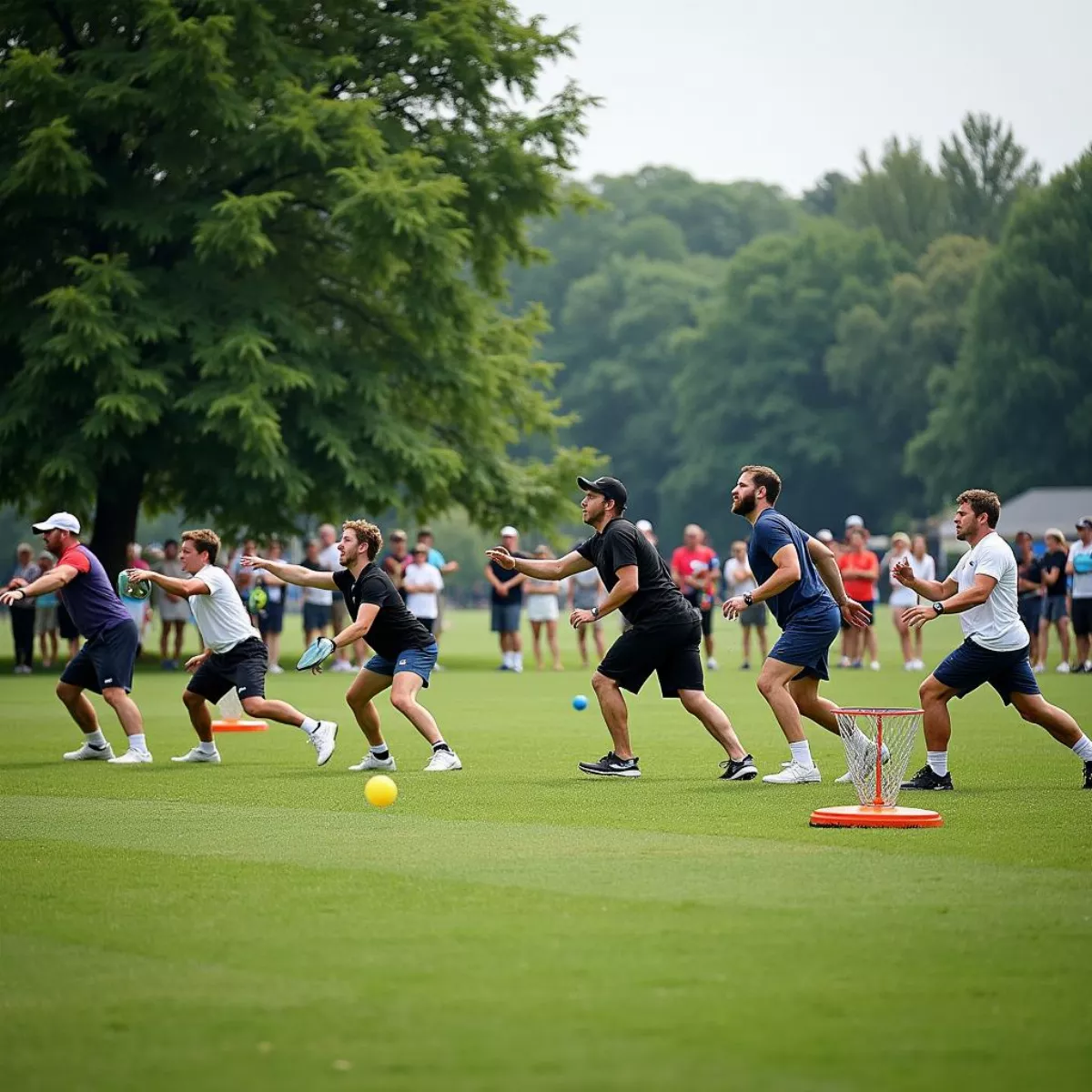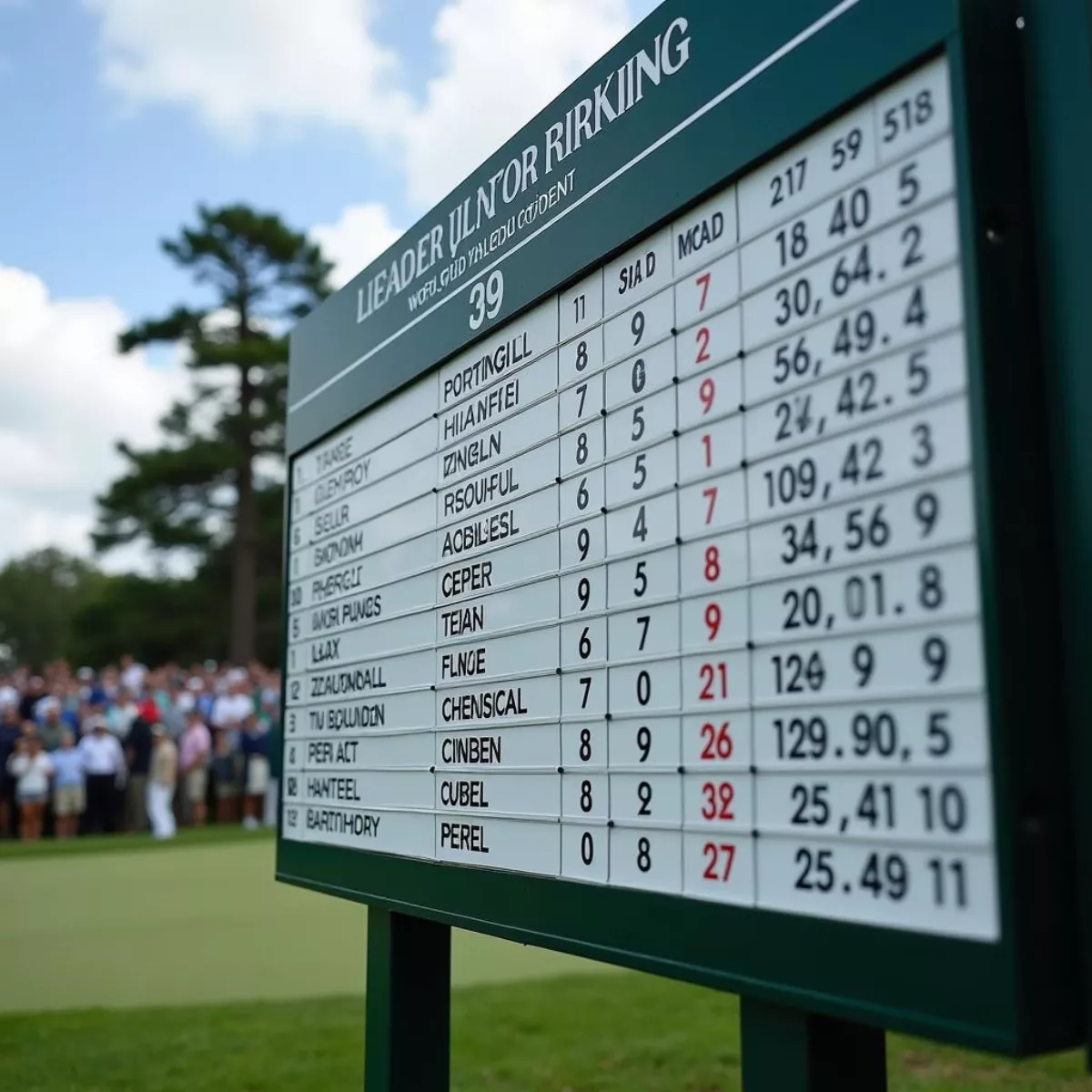Planning a golf trip to Ireland is on the bucket list of many golf enthusiasts. With its stunning landscapes, lush green courses, and rich golfing history, Ireland is a golfer’s paradise. But how much does a golf trip to Ireland really cost? In this guide, we’ll break down the various components of your trip, including flights, accommodations, green fees, food, and other activities, so you can plan accordingly and hit the greens without breaking the bank.
Understanding Your Costs: An Overview
When booking a golf trip, the total cost can vary widely based on several factors. Here’s a quick breakdown of what you can expect:
- Flights: $600 – $1,200 (round trip)
- Accommodations: $100 – $300 per night
- Green Fees: $50 – $300 per round
- Food and Drinks: $40 – $100 per day
- Transportation: $300 – $500 (car rental)
- Other Activities: $100 – $200
Let’s explore each section of the trip in detail.
Flights to Ireland
Flying to Ireland can be one of the larger expenses. Depending on the time of year, departure airport, and how far in advance you book, expect costs to range from $600 to $1,200 for a round-trip ticket. Here are some tips:
- Book Early: Booking 2-3 months in advance can save you money.
- Use Price Alerts: Websites like Google Flights and Kayak allow you to set alerts for price drops.
- Be Flexible with Dates: If your schedule allows, flying mid-week is usually cheaper.
Accommodations
While there are various options in Ireland—from luxury hotels to budget hostels—most golfers prefer mid-range hotels or guesthouses that offer comfort and accessibility to the courses. Here’s a breakdown of the price range:
| Accommodation Type | Price (per night) |
|---|---|
| Luxury Hotel | $250 – $500 |
| Mid-range Hotel | $100 – $250 |
| Hostel | $30 – $100 |
- Tip: Consider booking accommodations close to your golf courses to minimize travel time.
 Luxury golf resort in Ireland
Luxury golf resort in Ireland
Green Fees
The cost of green fees can really add up depending on where you choose to play. Here’s a list of some premier golf courses in Ireland and their typical green fees:
| Course Name | Green Fee (Weekday) | Green Fee (Weekend) |
|---|---|---|
| Royal County Down | $250 – $300 | $300 – $400 |
| Tralee Golf Club | $120 – $160 | $150 – $200 |
| Old Head Golf Links | $250 – $350 | $350 – $450 |
| Lahinch Golf Club | $150 – $200 | $200 – $300 |
| Portmarnock Golf Club | $150 – $200 | $250 – $300 |
- Tip: Look for golf packages that include green fees and accommodation for better value. Many resorts offer discounted rates for multiple rounds.
Food and Drinks
Ireland is known for its delicious cuisine, but eating out can become pricey. Here’s a typical daily budget for meals:
- Breakfast: $10 – $20 (many hotels offer complimentary breakfast)
- Lunch: $15 – $25
- Dinner: $20 – $50
- Drinks: $5 – $10 (beer, wine, etc.)
Overall, budget around $40 to $100 per day for food and drinks.
Transportation
Getting around Ireland can be done via public transport, but many prefer the flexibility of a rental car. Here’s a quick overview of transportation costs:
- Car Rental: Expect to pay $200 – $500 per week. Don’t forget to factor in insurance and fuel costs.
- Public Transport: Buses and trains are relatively inexpensive, with a budget of around $50 – $100 for a week of travel.
 Scenic drive through Ireland
Scenic drive through Ireland
Other Activities
While golf is the main attraction, don’t miss out on Ireland’s other offerings, such as sightseeing tours, historical sites, or beautiful coastline drives. Here’s a rough budget for activities:
- Sightseeing Tours: $50 – $100
- Cultural Experiences: $20 – $50
- Shopping: $50 – $100
Example Breakdown
Let’s put together a sample budget for a 5-day golf trip to Ireland:
| Category | Cost |
|---|---|
| Flights | $800 |
| Accommodations (5 nights at $150) | $750 |
| Green Fees (4 rounds at $150) | $600 |
| Food and Drinks (5 days) | $350 |
| Transportation | $400 |
| Other Activities | $200 |
| Total | $3,200 |
Crafting Your Ideal Golf Trip
When planning your trip, consider:
- Time of Year: Peak season (May – September) sees higher prices; consider the shoulder seasons (April/October) for more affordable rates.
- Length of Stay: More days mean higher costs. A well-planned 5-7 day trip is often sufficient for an enjoyable experience.
- Location: Different regions have varied costs. The west coast has fantastic courses like the Cliffs of Moher, but it’s more remote, while Dublin offers a mix of affordable courses.
 Golfers socializing in a pub
Golfers socializing in a pub
Key Takeaways
- A golf trip to Ireland generally costs between $2,500 to $4,000 per person for a week.
- Flights are a major expense, so book early for the best deals.
- Accommodations and transportation can vary greatly; choose based on proximity to golf courses.
- Green fees can add up quickly, so consider packages.
- Don’t forget to budget for dining and other activities aside from golf.
Frequently Asked Questions
- What is the best time of year to visit Ireland for golf?
- Late spring (May – June) and early fall (September – October) offer great weather and fewer crowds.
- Do I need a handicap to play golf in Ireland?
- Many courses require a recognized handicap; check specific course rules.
- Can I bring my own clubs?
- Yes, but check with your airline for additional baggage fees.
- What should I wear while golfing in Ireland?
- Expect variable weather. Layered clothing and waterproof gear are recommended.
- Is public transport reliable for getting to golf courses?
- Public transport is available, but renting a car provides more flexibility.
- Are there any golf discounts available?
- Look for golf passes or combined green fee deals that can save you money.
- Can I play golf year-round in Ireland?
- Yes, but courses may have limited availability in the winter months due to weather conditions.
- What are the top golf courses in Ireland?
- Some top courses include Royal County Down, Portrush, and Lahinch.
- How can I save money on my golf trip?
- Travel in the off-season, book early, and consider package deals to save on costs.
- What other activities should I consider during my trip?
- Beyond golf, explore historical sites, local pubs, coastal drives, and enjoy Irish culture.
With this guide, you’re now equipped to budget and plan your perfect golf trip to Ireland. Take these insights, chart your course, and prepare for an unforgettable golfing adventure against the stunning backdrop of the Emerald Isle!

 Golfer and Caddy Celebrating a Successful Shot
Golfer and Caddy Celebrating a Successful Shot Golfer Tipping Caddy Discreetly
Golfer Tipping Caddy Discreetly Golfers with Caddies Enjoying a Round of Golf
Golfers with Caddies Enjoying a Round of Golf
 Stringer editing photos on laptop
Stringer editing photos on laptop Stringer networking with other photographers
Stringer networking with other photographers
 Golfer Choosing Clubs
Golfer Choosing Clubs Golfer Taking a Swing
Golfer Taking a Swing
 Disc Golf Live Stream Setup
Disc Golf Live Stream Setup Pro Disc Golfer Endorsement
Pro Disc Golfer Endorsement
 Professional Golf Tournament Leaderboard
Professional Golf Tournament Leaderboard Professional Caddy and Golfer Celebrating
Professional Caddy and Golfer Celebrating
 Modern Rental Kitchen in Augusta
Modern Rental Kitchen in Augusta Riverwalk Augusta Savannah River
Riverwalk Augusta Savannah River
 Golf Instructor Providing Personalized Feedback
Golf Instructor Providing Personalized Feedback Essential Golf Equipment for Beginners
Essential Golf Equipment for Beginners
 Group Golf Lesson at Driving Range
Group Golf Lesson at Driving Range Golf Instructor Analyzing Student's Swing
Golf Instructor Analyzing Student's Swing